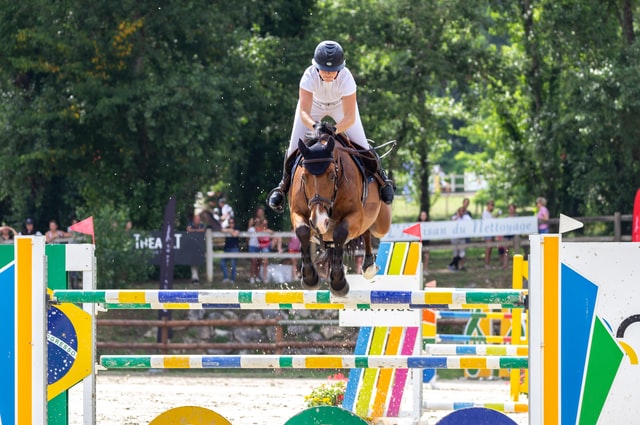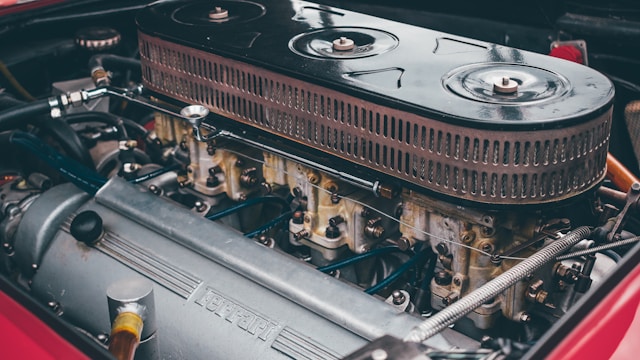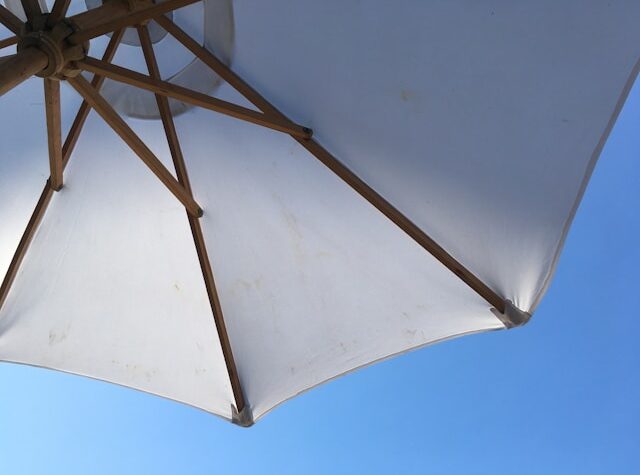
Running a riding stable and offering riding lessons and even horse show events takes a great deal of organization and passion for success in the field. One aspect of training and horse shows includes offering horse jumping classes. To do this, however, you need to have various types of horse show jumps available for practice sessions and show events. Therefore, the stable manager needs to know about horse show jumps to procure the correct materials for jumps and create a wide variety of jumps for lessons and shows.
What Makes Up A Horse Show Jump?
Three main components go into a horse show jump. They include the standards, poles and jump cups. The horse jumps over the poles, and a single jump may feature several poles in its design. Typically made of rounded wood, the poles are often brightly painted, which allows the horse to see them more easily on the approach to the jump and helps both horse and rider determine the space needed for an appropriate take-off. The standards, or wings, flank the poles on either side of the jump. They are used to help guide the horse to jump over the center of the obstacle. Finally, the jump cups attach to the standards, and the poles rest on the jump cups, holding the poles in the desired position. As you train horses and riders to jumps, you will want to vary the types of jumps. Consequently, it helps to have accessories like a mobile pole caddy handy to disassemble the jumps, move them around the arena and store jump poles more easily.
What Are Some Of The Different Types of Horse Show Jumps?
Jumps for beginners often start with cavaletti, which are poles attached to X-shaped frames on either end. These training devices help horses and riders navigate very low obstacles. Next, the riding instructor will often introduce the cross-rails jump style. These utilize traditional jump standards and jump cups, and the poles are placed in an X-formation. The lowered gap at the center of the X helps novice equestrians safely jump the horse over the obstacle. Finally, vertical jumps stack the poles one on top of the other, vertically, with spaces between the poles. This jump is the basis for most of the more complex horse jump styles.
Once riders and horses master basic jumping, they can move on to more complex show jumps. These can include the oxer, a type of spread fence, and more substantial jumps like the wall, gate, rolltop and rollback, any of which can be grouped as combinations. In conclusion, stable managers can enhance their business’s income by including jumping as part of the riding curriculum offered.





More Stories
The Benefits of a Relaxing Massage – Rejuvenate Your Body and Mind
The Ultimate Benefits of Professional Teeth Whitening
The Advantages of Home Healthcare Services